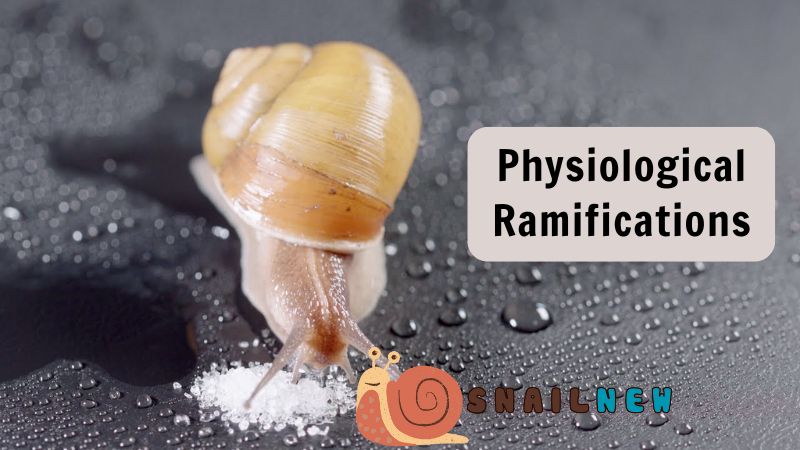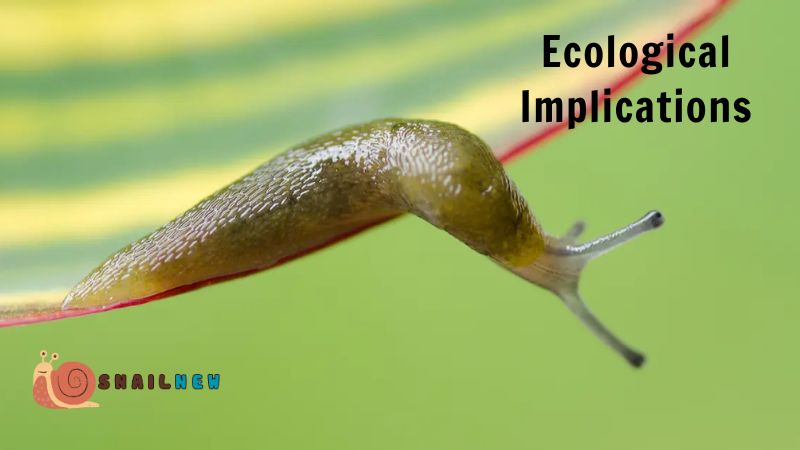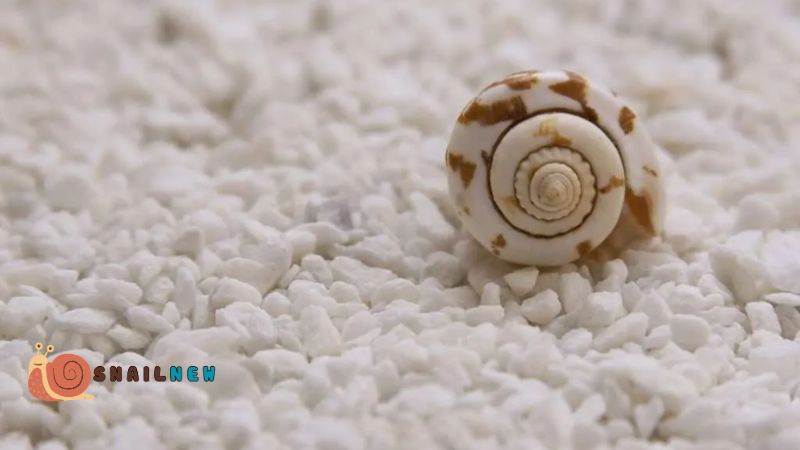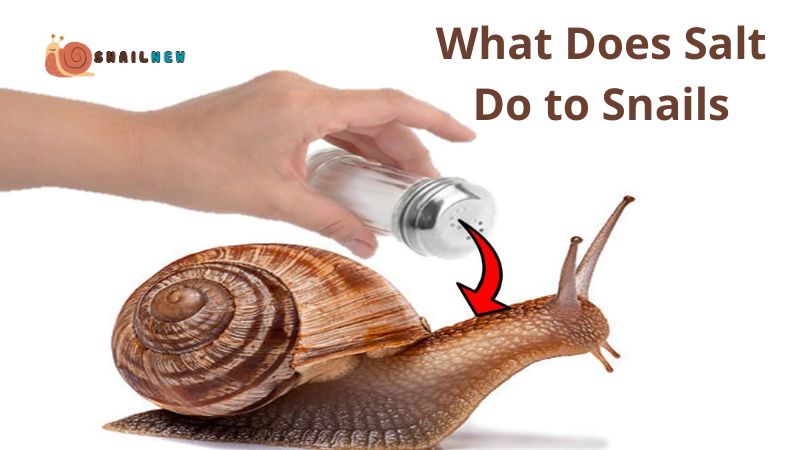What, precisely, does sodium chloride, commonly known as salt, do to gastropods, particularly snails? This seemingly straightforward query unveils a tapestry of intricate biological interactions deserving of exploration. Snails, with their molluscan physiology characterized by soft, moist bodies and vulnerability to environmental fluctuations, serve as an ideal model for understanding what does salt do to snails. In this comprehensive discourse, Snailnew embark on a journey to unravel the physiological repercussions, ecological ramifications, and practical applications stemming from the interaction between salt and snails.
Table of Contents
ToggleWhat Does Salt Do to Snails: Physiological Ramifications:
Fundamentally, what does salt do to snails at the physiological level? To grasp the profundity of this question, one must delve into the intricate mechanisms underpinning the interaction between salt and gastropod biology. Snails, like myriad other organisms, uphold a delicate equilibrium of water and electrolytes within their cellular milieu. This equilibrium is imperative for cellular homeostasis, facilitating essential metabolic processes and ensuring optimal hydration.

Upon encountering sodium chloride, the symphony of physiological processes within a snail’s body undergoes disruption. Salt, endowed with its hygroscopic attributes, instigates a process known as osmosis, wherein water molecules migrate across semi-permeable membranes in response to solute concentration gradients. In the case of snails exposed to salt, osmosis manifests as the outward movement of water from the snail’s body to the hypertonic environment, leading to dehydration.
The desiccating effects of salt on snails are not instantaneous but rather insidiously cumulative. As salt gradually siphons moisture from the snail’s body, a cascade of deleterious consequences ensues. Cellular dehydration precipitates cellular shrinkage, impairs metabolic functions, and compromises overall physiological integrity. Over time, these physiological perturbations culminate in observable manifestations such as lethargy, diminished appetite, and aberrations in behavioral patterns.
Ecological Implications:
The investigation into the effects of sodium chloride on snails extends far beyond mere physiological considerations, delving into broader ecological realms. Snails play crucial roles within ecosystems, acting as both consumers and decomposers, and influencing nutrient cycling and trophic dynamics. As a result, any disturbances to snail populations have profound repercussions throughout ecological hierarchies, with tangible impacts on the structure and function of ecosystems. Understanding these interconnections is vital for comprehending the intricate relationships that govern ecosystems and their resilience to environmental changes.

Salt pollution, stemming from diverse sources such as road runoff, agricultural practices, and industrial discharges, emerges as a formidable threat to snails and their habitats. Elevated sodium chloride concentrations in soil and aquatic habitats exact a toll on snails, impeding growth, reproductive success, and overall survival. Moreover, salt pollution engenders ecological imbalances by favoring salt-tolerant species over snails and other sensitive organisms, thereby reshaping community compositions.
Furthermore, the diminution of snail populations precipitates cascading effects on ecosystem processes, particularly nutrient cycling and soil health. Snails serve as instrumental agents in the decomposition of organic matter, catalyzing nutrient release and soil enrichment. The decline of snail abundance portends disruptions in these vital processes, potentially exacerbating nutrient imbalances and compromising soil fertility.
Practical Applications:
The elucidation of what does salt do to snails transcends theoretical discourse, converging upon pragmatic applications with far-reaching implications, particularly in agricultural and pest management contexts. Snails, notorious pests in agricultural landscapes, inflict substantial economic losses through herbivory on crops. Insights garnered from understanding snail sensitivity to salt can inform innovative strategies for pest mitigation and crop protection.

A commonly employed strategy involves utilizing salt-based baits or barriers to discourage snails from infiltrating agricultural fields. By implementing salt-treated perimeters or applying salt solutions strategically, farmers can establish deterrents that dissuade snail intrusion or provoke aversive responses. Nevertheless, prudent application is essential to minimize unintended harm to non-target organisms and maintain the health of the soil ecosystem. Striking a balance between effective pest control and ecological preservation is paramount for sustainable agricultural practices.
Furthermore, delving into the study of salt tolerance mechanisms in snails offers a window into broader ecological patterns and adaptation strategies. Some snail species demonstrate exceptional resilience to saline environments, thriving in niches like salt marshes and coastal habitats. By unraveling the physiological mechanisms that enable these species to tolerate high salinity, scientists gain invaluable insights applicable to a wide array of organisms facing similar challenges of saline stress in various ecosystems. This understanding contributes to our comprehension of the intricate interplay between organisms and their environments.
Conclusion:
In culmination, the exploration of what does salt do to snails unveils a nuanced narrative intertwined with physiological intricacies, ecological dynamics, and pragmatic considerations. Salt, with its desiccating effects, poses a formidable threat to snails and the ecosystems they inhabit, necessitating judicious management strategies.
By unraveling the physiological mechanisms underpinning salt toxicity in snails, we empower ourselves to devise targeted interventions aimed at mitigating deleterious impacts and safeguarding snail populations and their ecological contributions. Whether through innovative pest management practices in agriculture or conservation endeavors in natural habitats, the insights gleaned from studying the effects of salt on snails can guide concerted efforts toward preserving biodiversity and bolstering ecosystem resilience.
Related Posts:
- Do Snails Have Brains? A Fascinating Journey into…
- Do Snails Have Mouths? Exploring the Remarkable…
- Can Snails Feel Pain? Exploring the Enigmatic Question
- Exploring the Lifespan of Snails: How Long Do Snails Live?
- Exploring the Aquatic Appetite: Do Goldfish Eat Snails?
- What Color Are Snails? Exploring the Colorful World…


